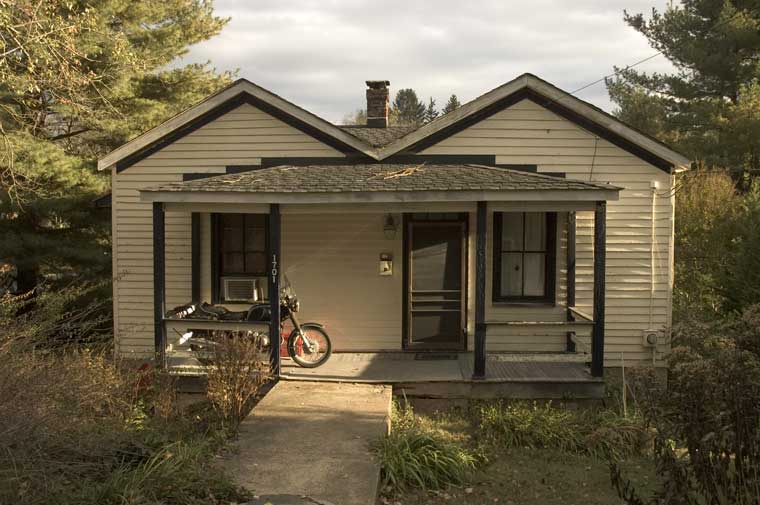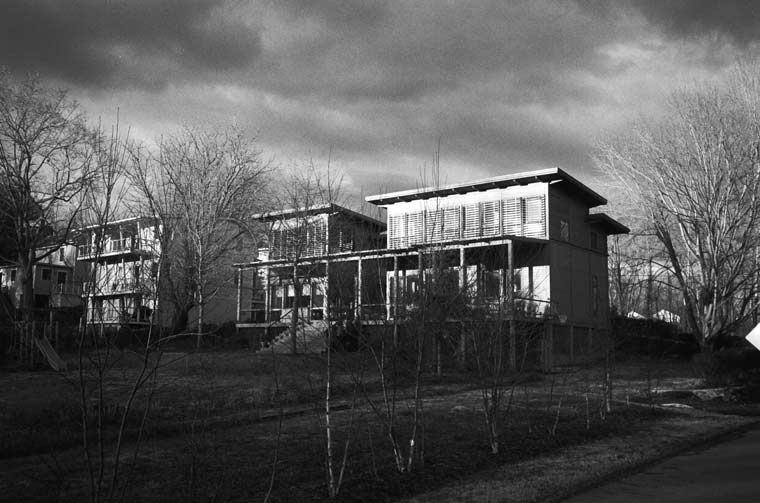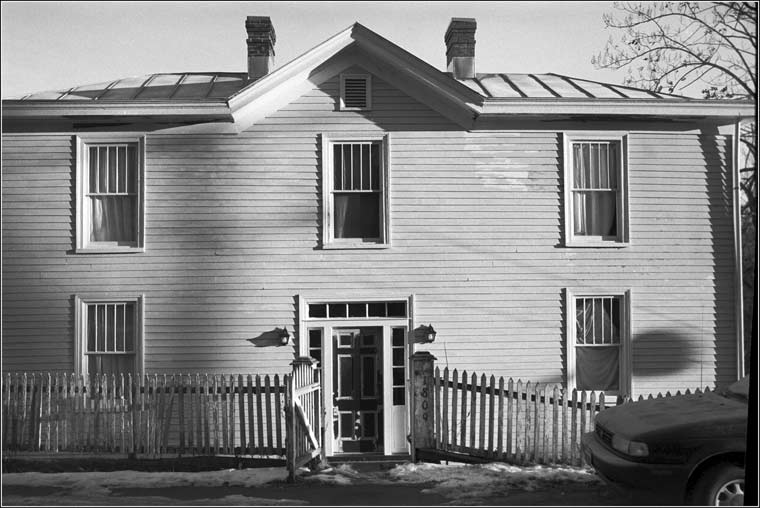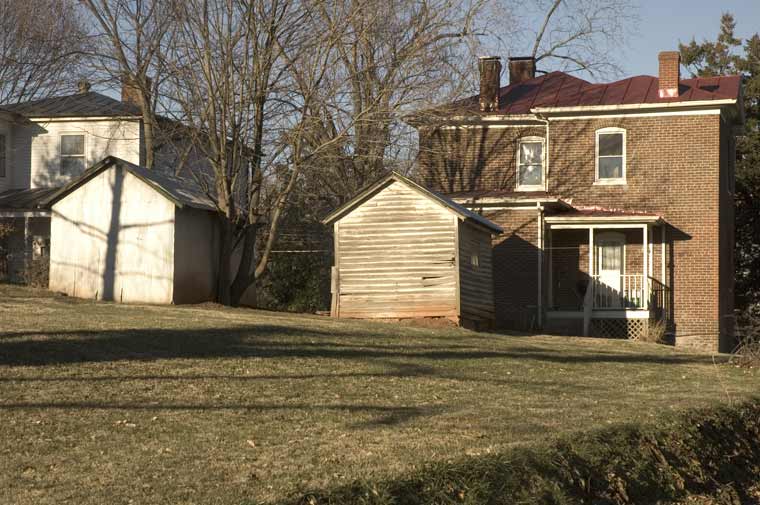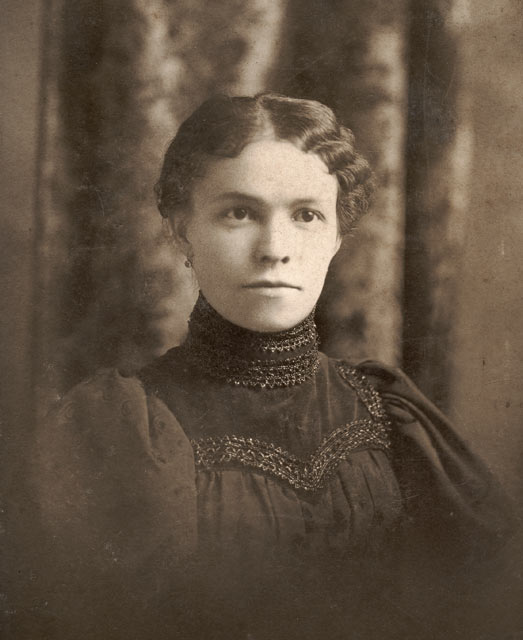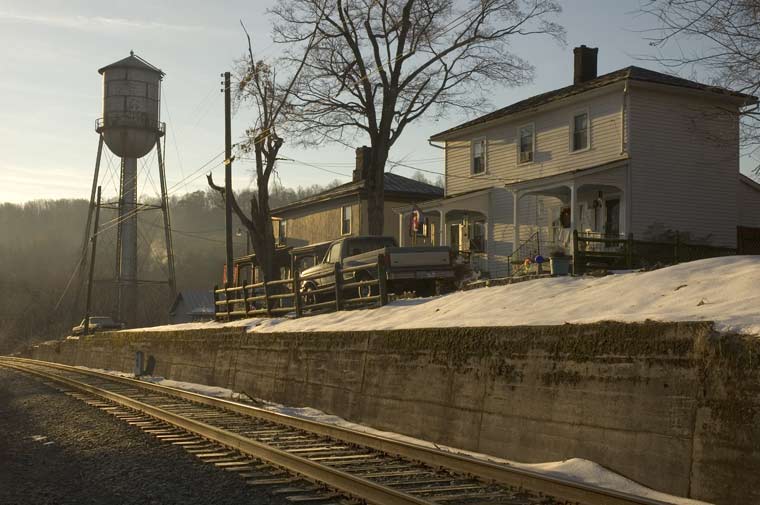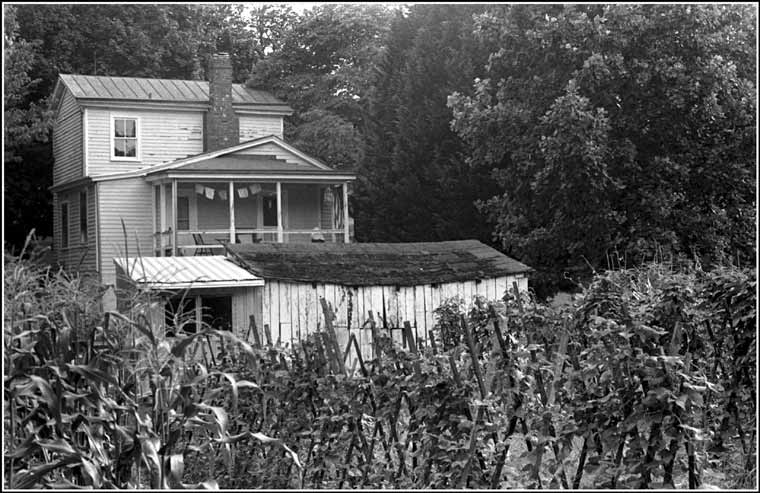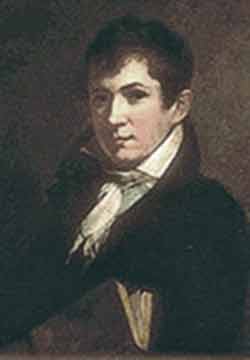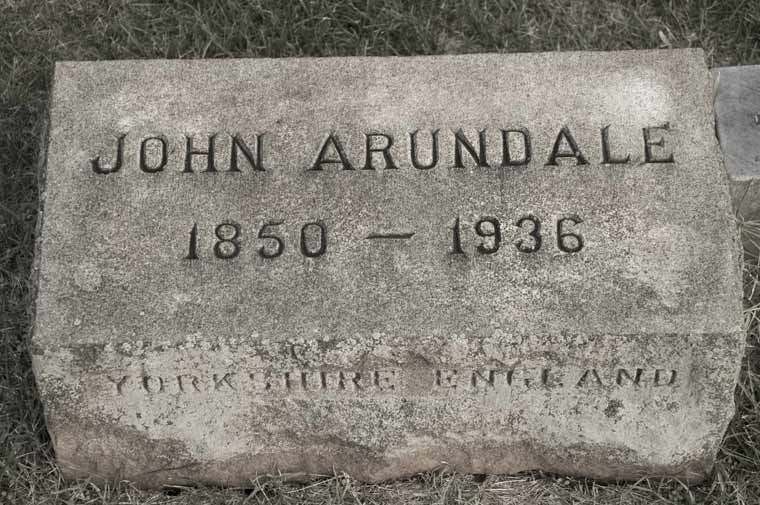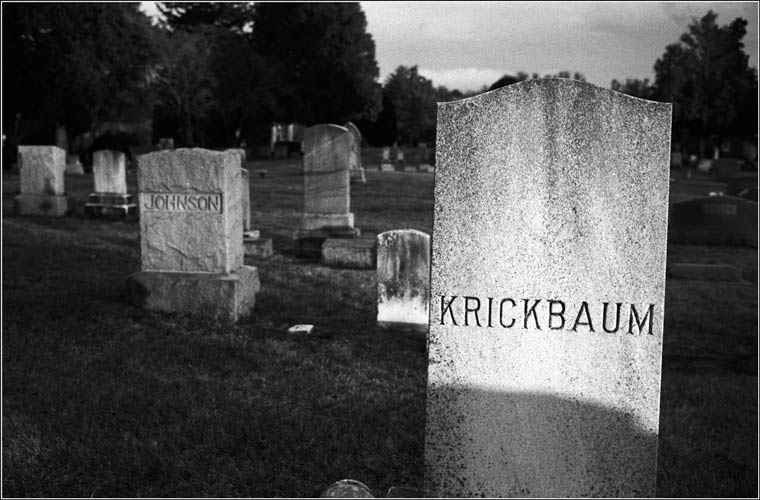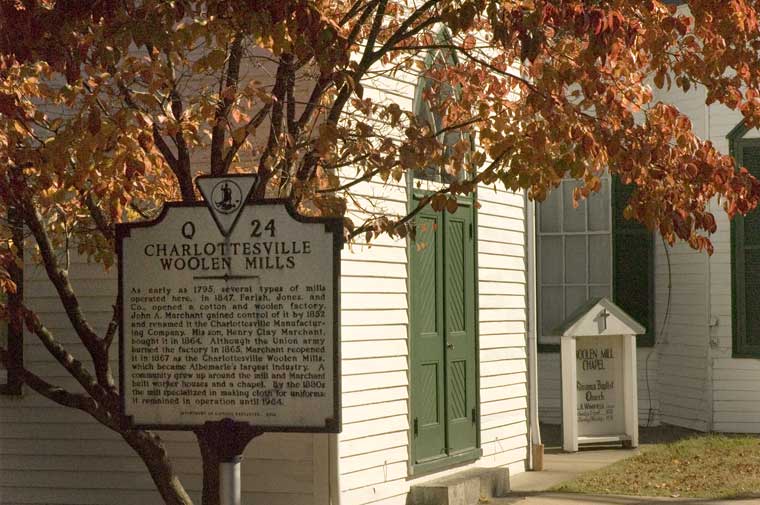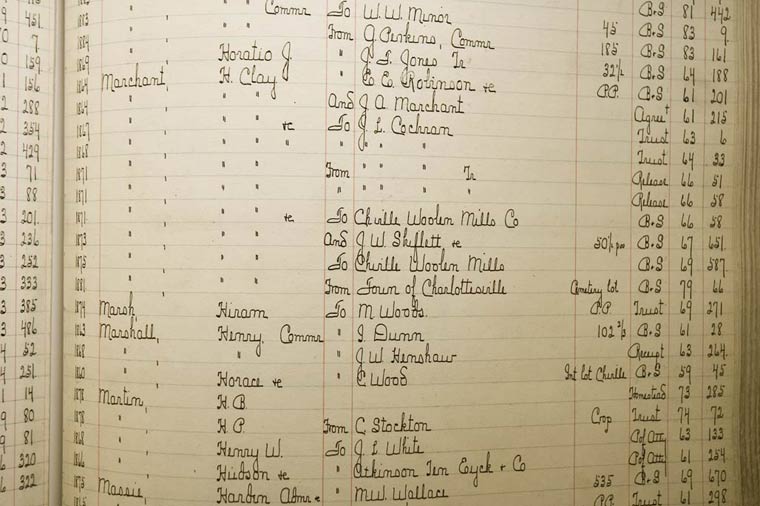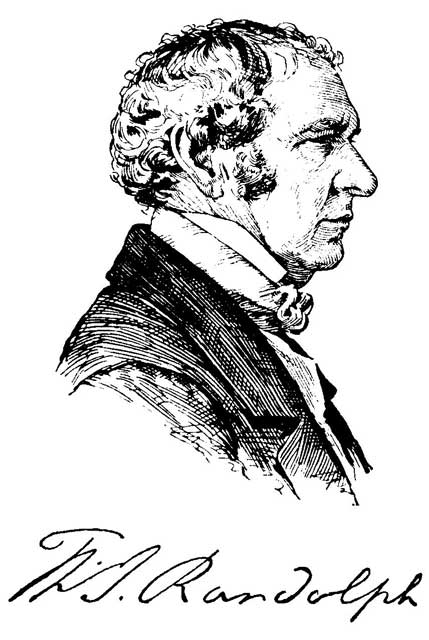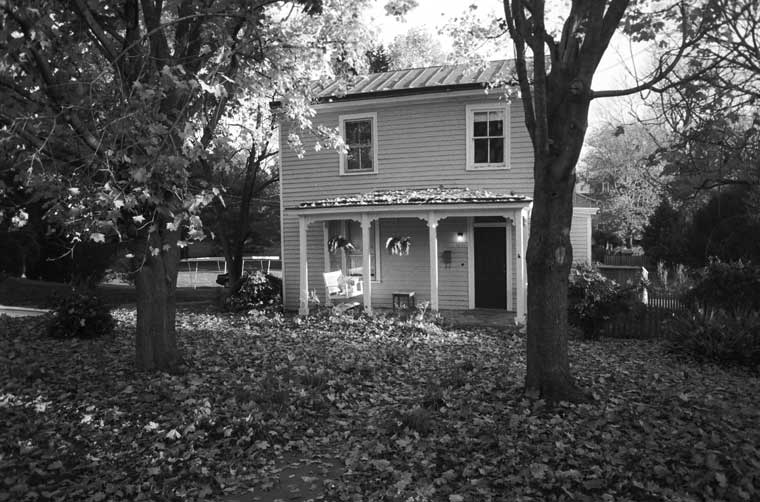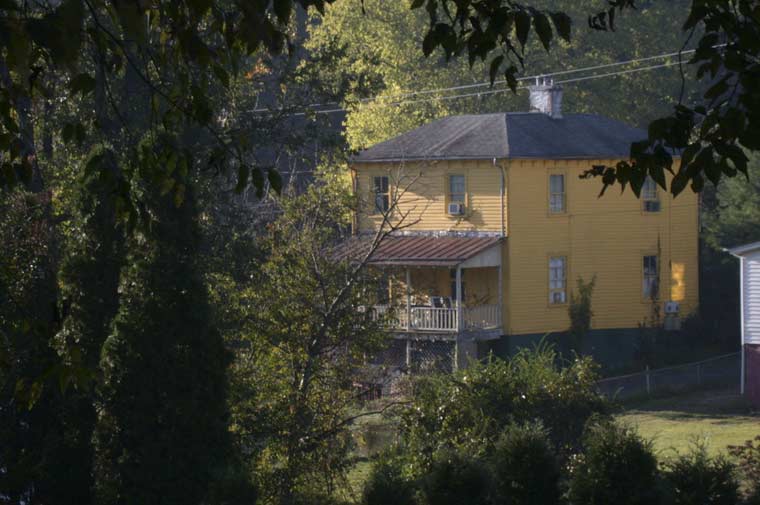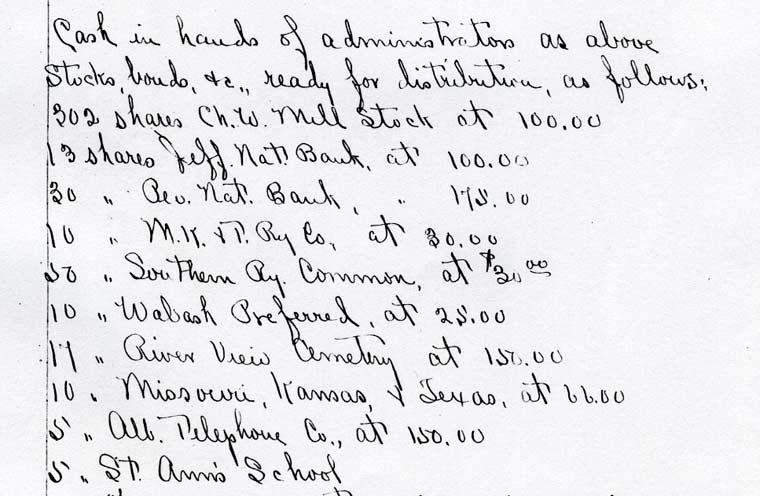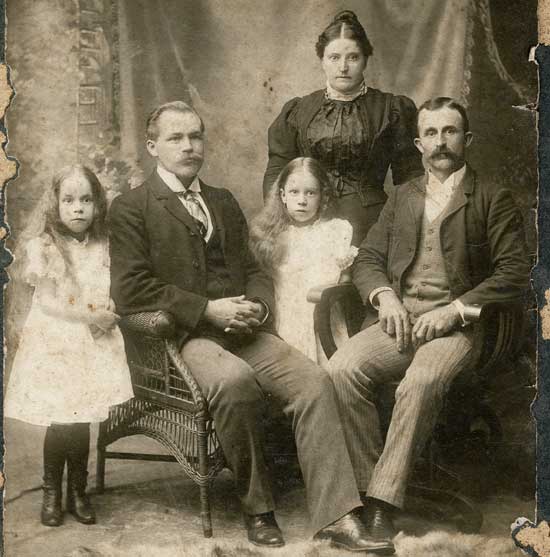Monetary base insufficient
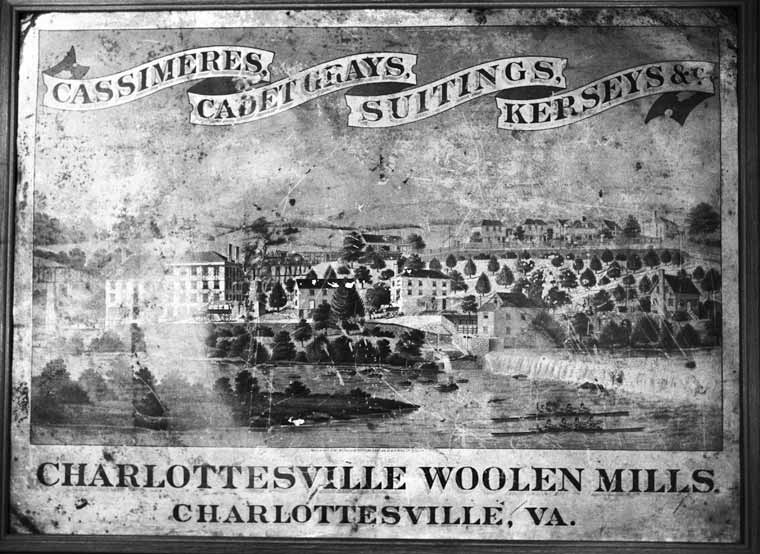
In 1878 the Charlottesville Woolen Mills was in the news for installing the community's first telephone system. Visiting the facility, a Jeffersonian Republican reporter wrote that when the manager "wishes to communicate with the mills he springs a signal button which is attached to the instrument and that strikes an electric bell at the mills. . . . Then [the manager] adjusts his instrument and every word over the line is heard distinctly by him."-Rick Britton
The Southern economy was especially depressed after 1873. In Virginia, where most of the fabrics of the Charlottesville Woolen Mills were sold, the quantity of circulating media was only $3.25 per capita in 1874. At the same time, in New England the figure was $63.46, and the national average approached seventeen dollars. Virginia had a total circulation of $3,900,000 but she paid $7,300,000 annually in federal taxes. "Almost none of this money returns to us in the shape of public expenditures,? lamented a local editor. Even the huge state debt was owned chiefly by non-residents of Virginia. Small wonder, then, that long-term investment capital was so cautious and short-term credit so expensive.--Harry Poindexter
Labels: Poindexter History, signs
